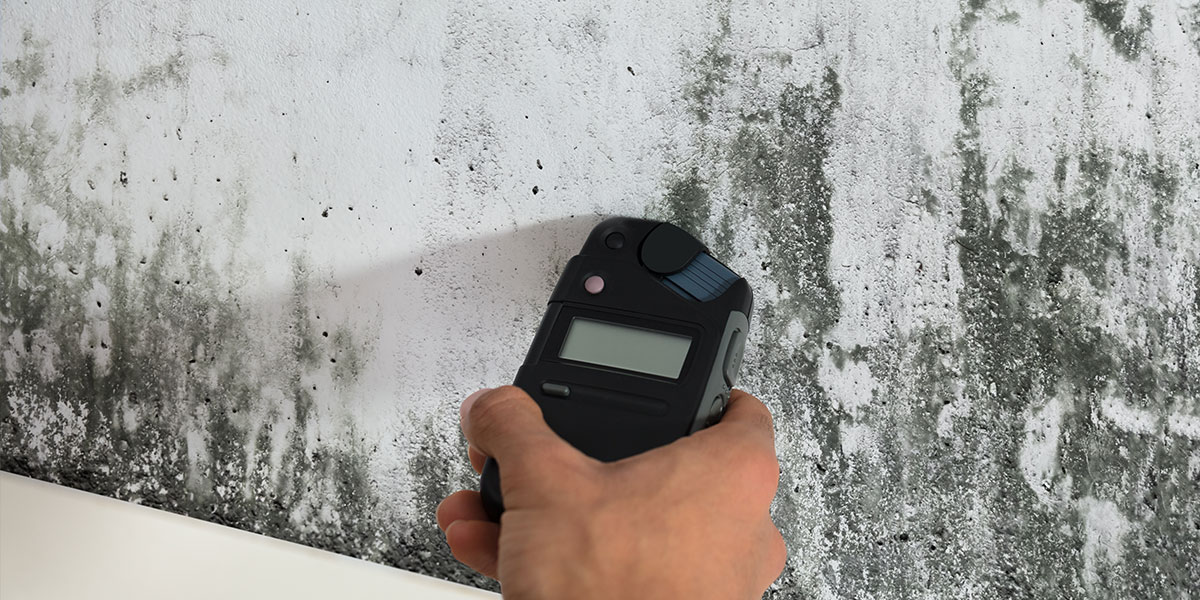Why test for mould?
There are both health and legal reasons you may choose to test for mould.
Not all moulds are created equal, with some species having little effect on health whilst others can have significant health effects, mould testing will identify the type of mould and an assessment will help find the cause of the problem.
For rental properties, mould is classed as a contaminant under the Residential Tenancies Act, so ensuring a home is free from harmful mould is a requirement for landlords.
Customer reviews
We’ve conducted thousands of assessments across our business and take great pride in providing an excellent service, check out what our customers say about us
“Absolutely professional, well spoken and did what he had to do. It took time but remember I'm in a large home. Great job”
“Guy was very friendly. He ensured I was aware of his every action. Also very happy with his Health and Safety on-site during COVID. Thank you.”
“The guy was lovely, the service quick and unintrusive.”
“Very good. Nice guy and professional. Got the job done.”
“I was just really happy with the contact and flexibility of the consultant"

Mould testing
What is Mould Testing?
Mould testing involves taking samples of the visible mould and sending these to the laboratory for analysis. The laboratory will report back on the specific type of mould present.
While on site our trained environmental assessors will also look for the source of the problem, to provide recommendations on how to remedy the issue.
Compliancy must do’s
Who needs to do this?
Homeowners, landlords and property managers who are concerned or have complaints about mould growth in a property. If there is a “musty” or “earthy” odour in a property it is a good sign there is active mould growth and a good indication to get a mould assessment.
Why do you need to do this?
When mould spores are inhaled, ingested or come into contact with skin, they can cause adverse health effects. Often mould can be a hidden issue as mould growth generally starts in areas which cannot be accessed or there is little reason to go in those areas.
If your property is a rental property, mould is classed as a ‘contaminant’ under the Residential Tenancies Act, so ensuring a property is free of harmful mould is also a legal requirement.
What happens if you don’t?
Leaving mould to grow without remedying it, can lead to more serious health effects. Young children, elderly and immunocompromised people are more sensitive and vulnerable to mould, so are therefore more likely to develop more severe symptoms.
Advantages
An assessment can identify the types or species of mould in the house and determine whether they are allergenic, pathogenic or toxigenic.
A report is produced which gives recommendations, based on the results, for the best course of remediation.
Disadvantages
Monitoring cannot calculate how much the occupants have been exposed to.
Service not currently available

Mould removal
Why should we remove mould?
Mould is a living organism and will continue to grow if it is not dealt with, but just removing the visible mould will not stop it from resurfacing. The key is to find what is causing the environment to become a great home for mould and fix this.
Once the source of the problem can be found, removing mould will remedy the issues in the property.


